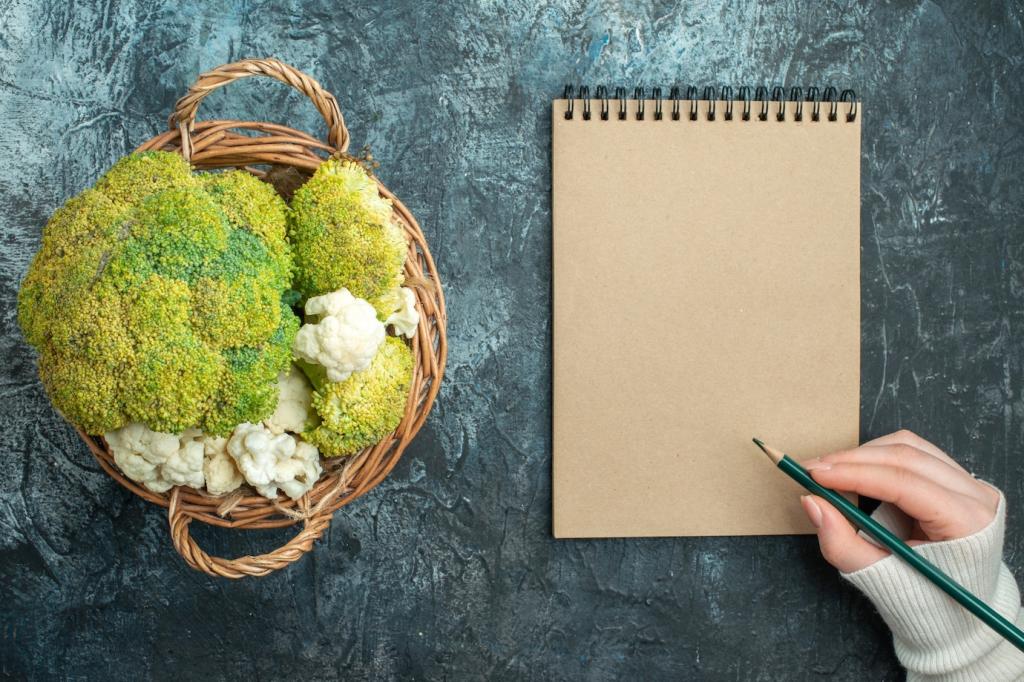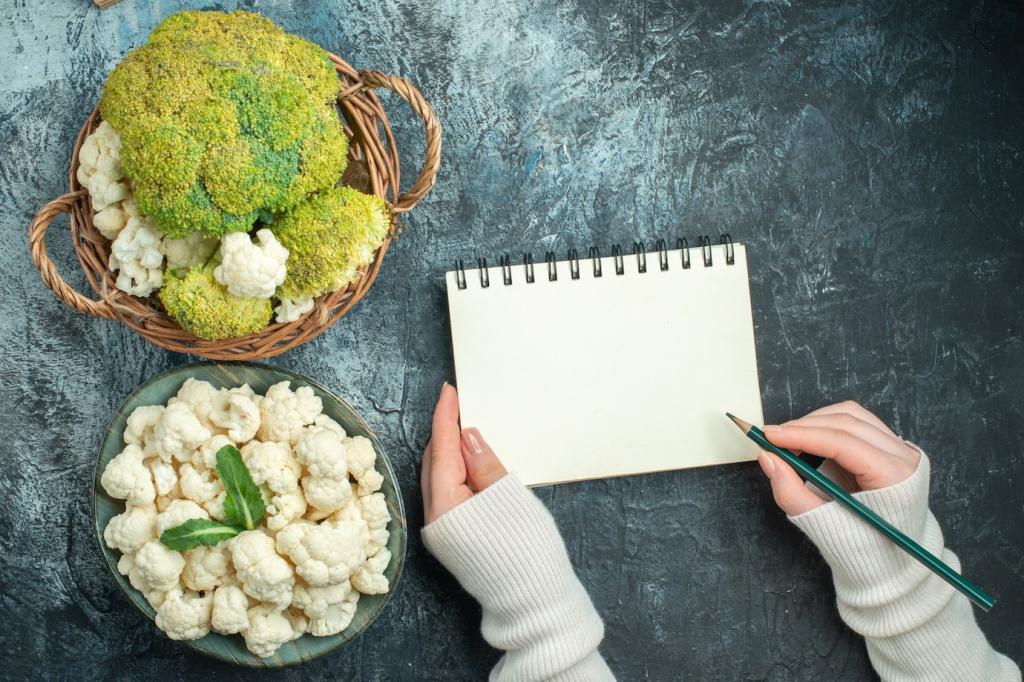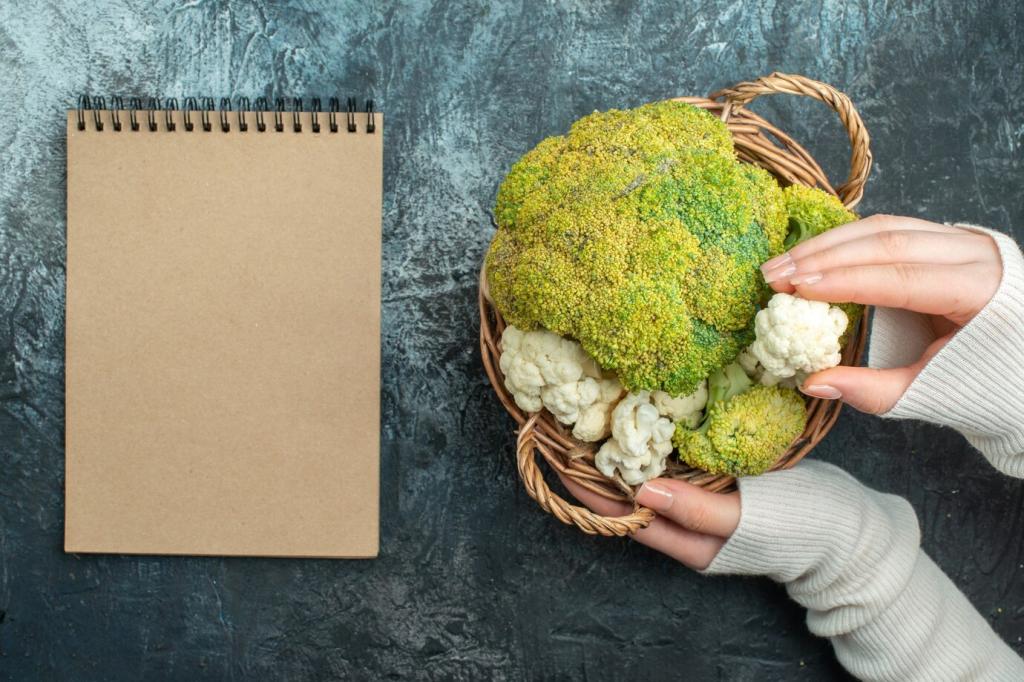Build Your Natural Cleaning Toolkit
Stock distilled white vinegar, baking soda, pure castile soap, lemon, fine salt, and microfiber cloths. Distilled water prevents mineral spots, while a soft brush lifts dust from crevices. Never mix vinegar with bleach. Keep solutions labeled, reusable bottles handy, and share your favorite simple recipes with our community.
Build Your Natural Cleaning Toolkit
Identify whether your piece is oil‑finished, lacquered, shellacked, or waxed, because each responds differently to moisture and pH. Perform a discreet spot test on the back leg or underside. If water beads quickly, you likely have a sealed surface; if it darkens, treat it like oil‑finished wood and use gentler solutions.





